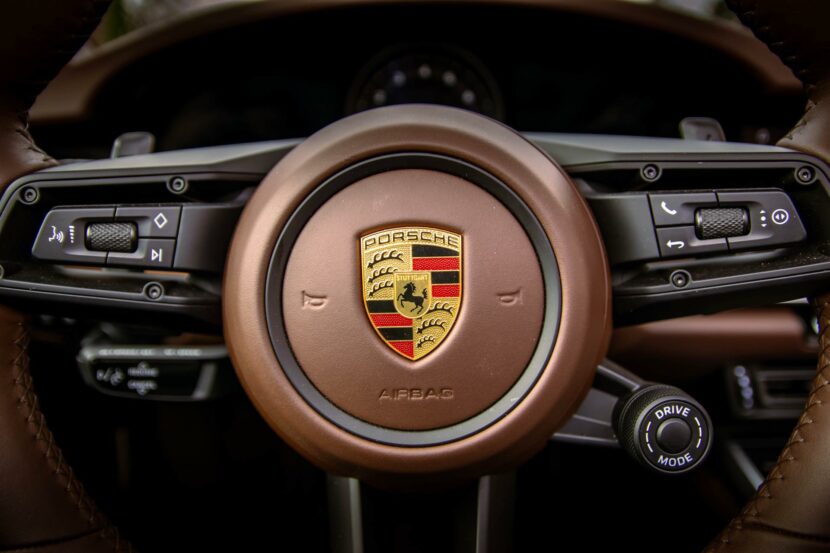There’s been a resurgence of talk about the electrically assisted turbocharger in recent days. I’d just like to point out that BMWBLOG covered that way back in July of this year. (Tri-turbo and electrical assist)
With the rumors swirling about the powertrain for the next M3 (M4?) it may be time to ask, how much of this is speculation (or obfuscation) and what if any kernels of truth are embedded in them. I certainly hope we aren’t faced with a potent 90 degree V6 (based on the V8) M3 that sounds like a ten year old Pontiac Grand Prix.
There has also been a lot of press recently about BMW’s head up display. Yes, head up displays got their start in high performance aircraft. The idea is to keep the pilots head up looking out of the cockpit rather than having to duck their heads down into the cockpit to observe instrumentation. That reduced situational awareness which, depending on the mission, could prove fatal, is why heads up displays were invented. BMW’s placement of their navigation displays is another good use of ‘heads-up’ thinking. They are placed high on the IP, minimizing the head movement needed to observe the display. That is good ergonomics and not all manufacturers have internalized that lesson.
And speaking of heads-up displays and nav system placement, Audi recently ran a commercial showing their night vision system in action on Halloween. Little ghosts and goblins marching across the screen in the instrument cluster; a clever way to promote the product. But before we all celebrate how innovative the Germans are with these high tech driver aids, it bears mentioning that GM has been there before.
General Motors had a night vision system a decade ago in the Cadillac brand, and a heads-up display in some Chevys and Pontiacs. And when BMW had its stifling traction control system in the E39 M5, Chevy had the excellent StabiliTrak system on the Corvette. The DTC/DSC in BMWs has caught up to the StabiliTrak system, but GM (with its EDS/Hughes systems expertise) was ahead of the competitors.
On a completely different note, a friend asked me to validate his opinion of an E36 M3 he was negotiating the purchase of. Not having driven one before I jumped at the chance. It was a 1998 that was in rough cosmetic condition with over 100,000 miles on the odometer. Ugh, this doesn’t sound good. But the engine, transmission, and diff were in great shape. That is a GOOD motor. Sounded great, shifted well and the suspension was in very good shape. It needed new brake pads and rotors though and there were a number of body trim issues that would need to be addressed to bring it back up to ‘fine’.
What was special about driving that E36 M3 was understanding where cars like the 335i have come from. There was the same punch, tautness, and predictable handling. You get a better feel for the lineage of BMW’s driving dynamics, and how much the M3s have changed with each new generation. The E36, E46, E92 M3s have raised the bar for M cars with each iteration. Let’s hope the next M3 continues the progression.




































































